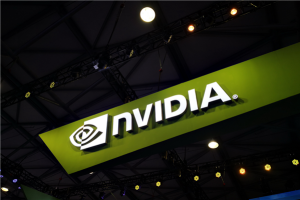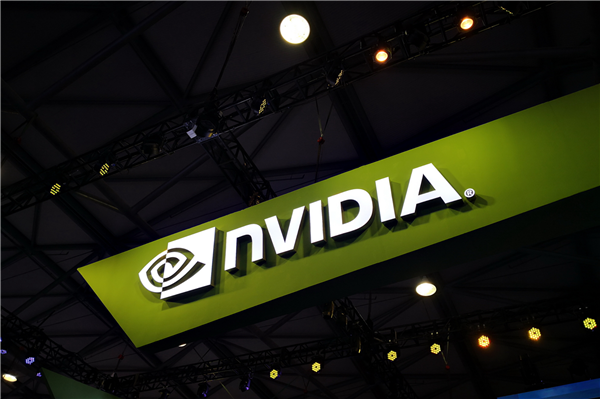July 4, 2023 – In the ever-evolving field of computer graphics, Intel engineers have been making remarkable strides in their research on ray tracing and neural graphics. Their latest endeavors focus on achieving more efficient path tracing rendering and enabling real-time path tracing on integrated GPUs.

Presented across three prominent conferences, SIGGRAPH, EGSR, and HPG, Intel’s graphics research group has unveiled a series of papers introducing novel optimization techniques for path tracing. These methods aim to alleviate computational burdens and enhance GPU performance by reducing the number of ray reflections simulated.
To begin, Intel showcases a groundbreaking approach to compute reflections using the GGX microsurface model. GGX, a graphical technique, allows computers to simulate rays of light reflecting in various directions. With this new method, materials can be “simplified” into hemispherical mirrors, resulting in streamlined simulations.

The second paper demonstrates a more efficient method for rendering specular surfaces in a 3D environment. Intel acknowledges that simulating specular surfaces remains an “open challenge,” but this new approach takes into account the number of visible specular highlights per pixel. By doing so, the GPU only needs to render the highlights visible to the observer’s eye.
Lastly, another paper unveils an effective technique for constructing photo trajectories in different lighting scenarios, known as Markov Chain Mixture Models for Real-Time Direct Illumination. Though the explanation might seem intricate, the ultimate outcome is a more efficient rendering technology capable of delivering complex real-time direct illumination effects.

While these three advancements may not guarantee seamless ray tracing on integrated GPUs, they profoundly impact the fundamental aspects of path tracing, including ray tracing, shading, and sampling. Consequently, this research will contribute to improving real-time path tracing performance on GPUs.
It is worth noting that real-time ray tracing technology has been in existence since 2018; however, it still demands significant computational power, as most GPUs struggle to maintain high resolutions and a smooth 60 frames per second in modern AAA games when ray tracing is enabled.
According to industry observers, if Intel manages to achieve robust ray tracing capabilities on their integrated graphics cards, they will bring this technology into more mainstream products, allowing discrete GPUs to achieve superior ray tracing effects.












